Why Do Cats Like Their Ears Rubbed? (Interesting Explanation)
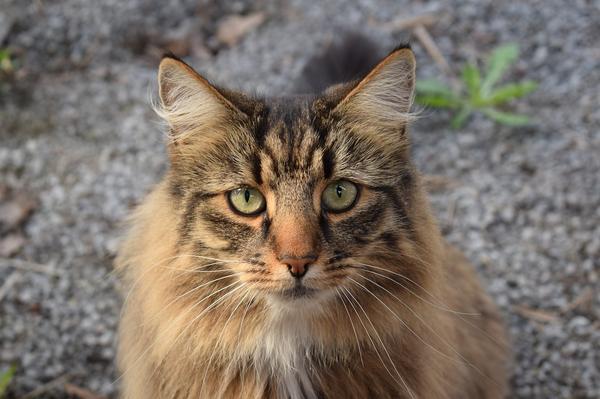
Ever wondered why cats go crazy for a good ear rub?
I mean, they have paws, right?
So what's the deal with those adorable little ears?
If you're like me, you've probably caught yourself scratching your head (not your cat's) over this puzzling feline behavior. 😺
But fear not, my curious friend, the answers you seek are within reach.
So, buckle up and prepare for a wild ride as we delve into the mysteries of why cats like their ears rubbed.
Let's get started, shall we?
The Sensory Pleasure Behind Ear Rubbing in Cats
Ear rubbing in cats brings them pure bliss, releasing 'feel-good' hormones like dopamine and oxytocin. It helps them relax, reduces stress, and mimics bunting, marking territory and having a good time. Experts believe it's due to muscle relaxation and the release of endorphins.
Cats love getting their ears rubbed. It's not just some random thing; it actually brings them pure bliss.
Yep, they feel pleasure and relaxation when you rub their ears.
It's like giving them a one-way ticket to kitty paradise!
Rubbing their ears releases 'feel-good' hormones like dopamine and oxytocin.
It's like the ultimate mood booster for your furry pal.
But hold on, there's more!
Ear rubbing has physical and physiological benefits too.
It helps them relax (we all need that!), reduces stress, and even releases natural painkillers called endorphins.
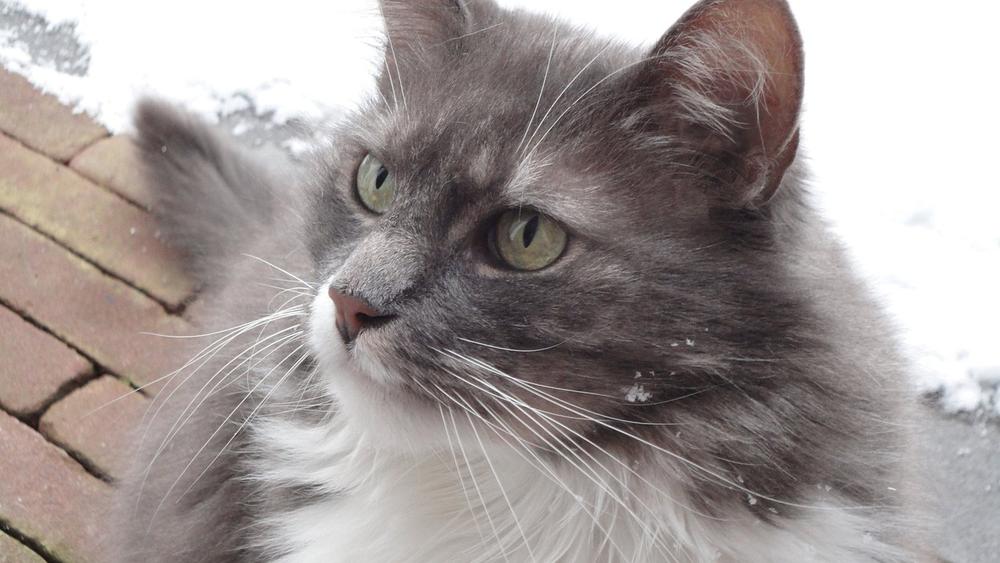
Check this out:
Did you know ear rubbing mimics bunting?
It's their special way of marking territory and having a good time at the same damn time.
Pretty cool, huh?
To make ear rubbing the purr-fect moment for your cat, here are some expert techniques:
Give them little scratches behind the ears, stroke their cheeks and lips, gently twist and massage their ears.
Pay attention to signs of enjoyment like purring and leaning into it - that's how you know they're digging it!
Now, why cats go crazy for ear rubbing might still be a mystery, but experts think it has something to do with muscle relaxation and those incredible endorphins.
Main points I'll expand upon further down this article:
- Cats enjoy being the center of attention and bonding with their owners.
- Proper stroking techniques and understanding human-cat interactions are vital.
- Ears play a significant role in cat communication and bonding.
- Approach cats slowly and start by gently stroking their head.
- Socializing kittens at a young age helps develop a fondness for human interaction.
- Cats may perceive touch differently based on human characteristics and gender.
- Ear rubbing releases pheromones that enhance bonding and familiarity.
- Rubbing their ears is a way for cats to mark their owners as safe and show affection.
- Pay attention to a cat's body language to ensure they are comfortable with ear rubs.
- Respect cat preferences for petting and adjust accordingly.
And here's the fascinating part...
Ear rubbing not only brings pleasure to cats but also promotes bonding between them and their human companions... Let me dive deeper into this intriguing connection:
The Bonding Experience: Ear Rubbing and Human Interaction
Cats love getting their ears rubbed by you, and it's more than just a pleasure for them. 😻
It actually helps to strengthen the bond between cats and their humans.
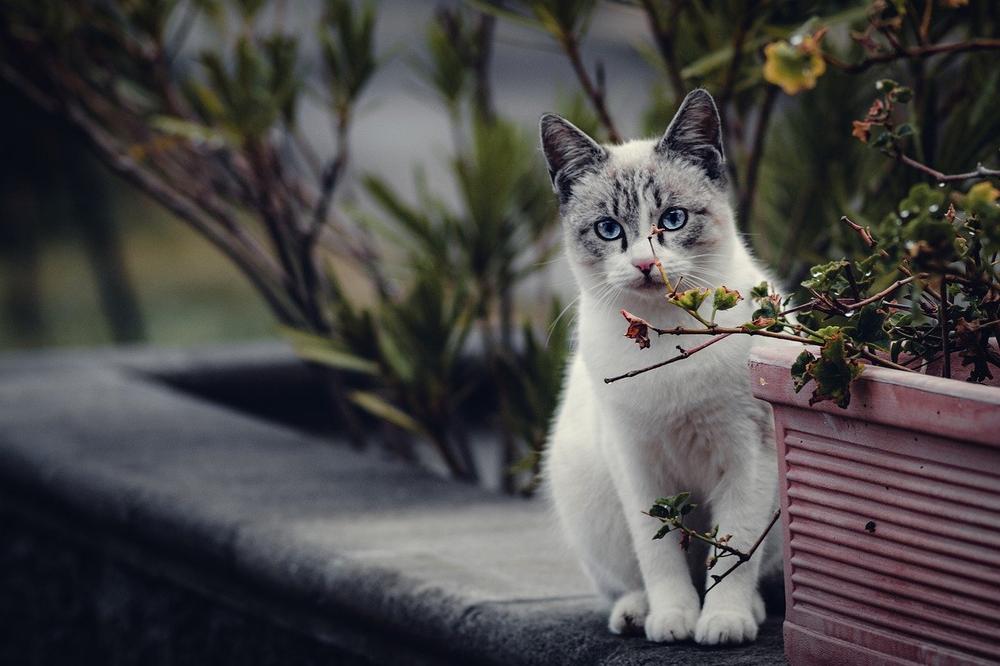
Here are some important things to remember when it comes to giving ear rubs:
- Start with gentle strokes on the head and then move towards the ears. Doing it right will ensure a positive experience for your cat.
- Cats use their ears to leave pleasant scents called pheromones, which make the bond between them and their owners stronger. When you rub their ears, you help spread these comforting scents.
- It's crucial to teach kittens social skills at a young age so they learn to enjoy human interaction, including ear rubbing.
- Different cats have different preferences when it comes to touch, based on factors like human characteristics and gender. Pay attention to what your cat likes and adjust your approach accordingly.
- Being patient and gentle is crucial when bonding with a cat. Take your time and let the cat lead the way in the interaction.
On the whole, rubbing a cat's ears creates a positive association through touch and human presence. By using the right techniques and considering your cat's preferences, you can strengthen the bond with your furry friend and promote their all in all well-being.
And if you're wondering why cats enjoy having their noses rubbed, I've got the answer for you in my blog post, Why Does My Cat Like Her Nose Rubbed.
Combining the knowledge of how cats bond through ear rubs with the curiosity surrounding nose rubs, you'll find valuable insights in my article that will help you better understand your feline companion.
So why wait? Discover the secrets behind this fascinating behavior and enhance your bond with your beloved cat through my guide.
The Social Aspect of Ear Rubbing in Cats
Ear rubbing is a way for cats to communicate with you
You know how cats are. They have their own unique way of chatting with us humans and even with other furry friends.
One interesting way they do this is by rubbing their ears on you.
When cats rub their ears on you, it's like they're saying, "Hey, I consider you part of my exclusive social circle!" You become one of them, a fellow feline member.
It's their special way of showing love and bonding with you.
Bunting: Cats mark things as safe
Did you know that cats have a behavior called bunting?
No, it's not some fancy hat or strange dance move.
Bunting is when cats rub their faces and heads against objects - or your legs if you're lucky!
But why do they do this?
Well, bunting helps cats mark things as their territory.
When cats rub their ears on you, they're actually leaving their scent behind.
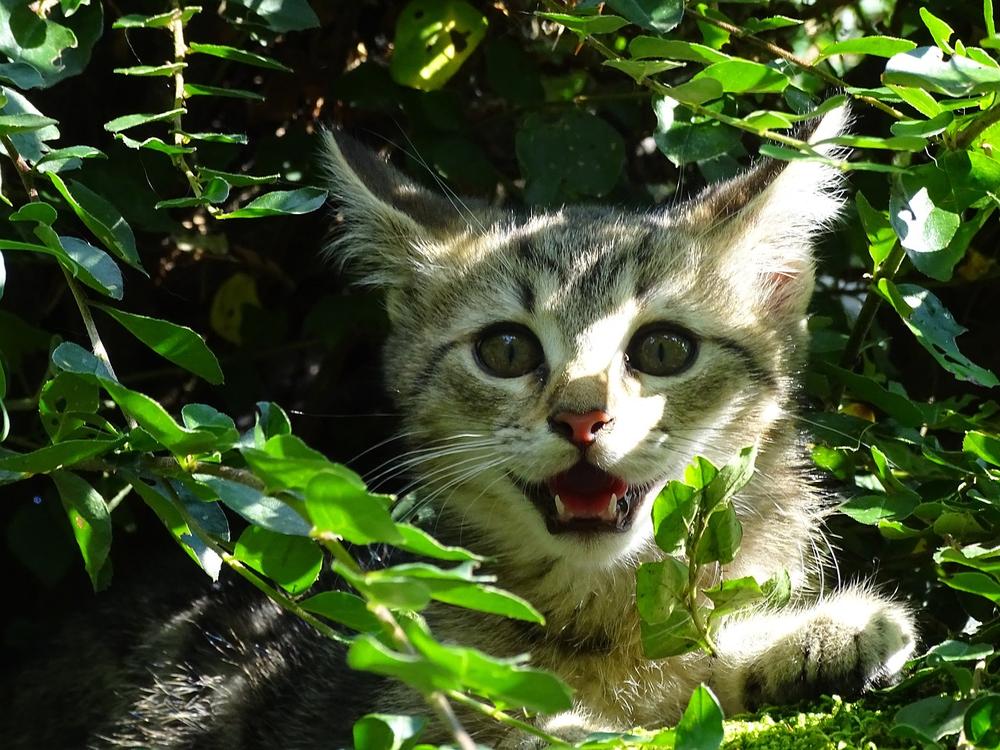
It's like they're telling the world, "I claim this person, and everything around here is safe because of it!"
You belong to your cat!
So, what does it mean when your cat rubs their ears on you?
It means they're declaring you as their very own!
When cats rub their ears on you, they use their pheromones to boldly state:
"I adore you, and I want everyone to know that you belong to me!"
Yes, you heard that right.
Your adorable little feline friend sees you as someone incredibly special.
So next time they offer you some sweet ear-focused attention, embrace it!
It's their cute way of expressing affection and keeping you close.
But how can you ensure that your cat feels comfortable enough to engage in ear rubbing behavior?
And what signs should you look for to know if they're enjoying it?
Let's dive into some practical tips and insights to create a harmonious experience for both you and your feline friend!
The Role of Trust and Safety in Cats’ Ear Rubbing Behavior
| Explanation | Description |
|---|---|
| Sensory Stimulation | Cats might enjoy ear rubbing due to the pleasurable sensations it provides. The gentle touch can stimulate nerve endings and release feel-good hormones, promoting relaxation and a sense of well-being. |
| Social Bonding | Cats use ear rubbing as a form of social bonding. By allowing you to touch their ears, they are showing trust and creating a bond with you. It is a way for them to express affection and build a closer relationship. |
| Scent Exchange | Cats have scent glands in their ears, and rubbing their ears against objects or people helps them mark their territory and leave their scent. This behavior communicates their presence, ownership, and familiarity, enhancing their feeling of security in their environment. |
| Mutual Grooming | Ear rubbing mimics the grooming behavior that cats engage in with their feline companions. It can be a sign of affection and companionship, as cats groom each other to reinforce bonds within their social group. |
| Stress Relief | Ear rubbing can serve as a stress reliever for cats. Similar to humans who find comfort in gentle massages, cats may find the act of ear rubbing soothing and calming. It can help them relax and alleviate anxiety or tension. |
| Change in Ear Sensation | The act of rubbing may temporarily change the sensation in the cat's ears, providing a refreshing respite from the constant awareness of their surrounding environment. This change in sensation could be pleasurable and provide a break from routine stimuli. |
| Request for Attention | Cats may sometimes rub their ears against people to gain attention or to initiate play. By engaging in this behavior, they are seeking interaction and seeking your involvement in their daily activities. |
| Habitual Behavior | Some cats engage in ear rubbing simply out of habit or as a learned behavior. If they have received positive responses or rewards in the past for rubbing their ears, they may continue the behavior as a way to seek attention or rewards. |
Ensure a safe environment for cats to encourage ear rubbing. When cats feel comfortable, they expose vulnerable areas like their ears for grooming and bonding. Creating trust and safety is crucial.
Do it right when petting your cat.
Look for signs of tension or discomfort.
Aggression or fleeing means they don't like being touched.
Respect their boundaries.
Start by petting their back gently.
Use gentle pressure and slow strokes.
This area is usually safest.

Pay attention to their body language while spending time together.
Body language speaks volumes.
It helps determine if they enjoy ear rubs.
Spreading their scent on you fosters trust and affection.
Stop if there's tension or discomfort during ear rubs.
Every cat is different, go with the flow!
To establish trust with an unfamiliar cat, start with gentle scratching on the head.
Observe their body language closely. Flattened ears, dilated pupils, tail-thrashing, twitching, or growling mean no petting at the moment. Pay attention to their cues to avoid scratches or bites.
Maintain a positive interaction with your feline companion.
It's worth it, trust me!
Instinctual Behavior: Ear Cleaning and Grooming
Rubbing your cat's ears mimics their self-cleaning routine and promotes cleanliness and wellbeing.
Cats love having their ears rubbed because it simulates grooming, giving them a delightful sensation.
In fact, some felines are so fond of ear rubbing that they even wash behind their own ears before rainstorms.
Perhaps it's a response to changing air pressure or simply part of their regular grooming habits.
By taking on this activity yourself, you can contribute to your cat's all in all cleanliness and contentment.
So why not give your furry friend a good ear rub today?
They'll certainly appreciate it!
Exploring Personal Preferences – Individual Cats and Their Love for Ear Rubbing
Just like people, cats have their own preferences for how they like to be rubbed on the ears.
Each cat is different.
Here are a few ways cats might enjoy having their ears rubbed:
- Gentle circular motions: Some cats love it when you use gentle massaging motions on their ears. It's like giving them a little massage.
- Soft strokes: Other cats prefer soft back-and-forth strokes on their ears. Just like when they rub against your leg to show affection, this can make them feel loved.
- Adjust the pressure: Pay attention to how they react and adjust accordingly. Maybe some cats like more pressure at the base of their ears or on certain spots. You'll have to discover what feels best for them.
Each cat has its own preferences.
You should always respect their boundaries and pay attention to their signals.
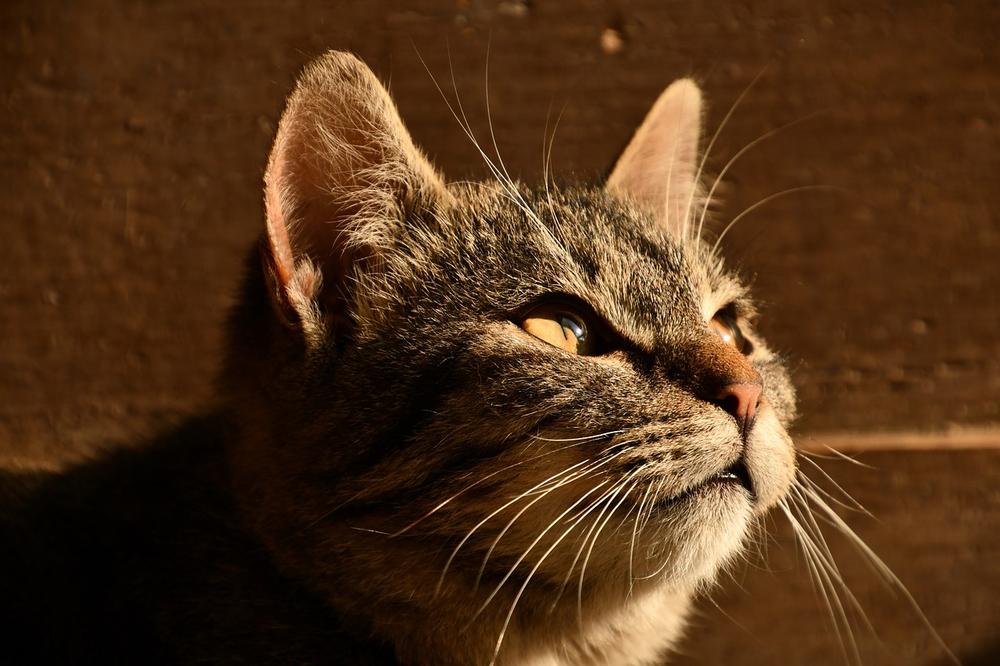
Some cats may not enjoy ear rubs at all, while others might want attention in different areas.
Look for clues in their body language and sounds to figure out where they like to be petted – like the chin, jawline, cheeks, under the ears, forehead, and back.
And don't forget the sensitive area at the base of the tail.
It varies from cat to cat.
So go ahead and explore your cat's likes and dislikes.
But make sure that you let them take charge. ✨
And that wraps up today's article.
If you wish to read more of my useful articles, I recommend you check out some of these: Why Does My Cat Huff, Why Cats Yawn When Their Noses Are Rubbed, Do Cats Like It When You Touch Their Whiskers, Why Do Cats Purr When You Talk to Them, and Why Does My Cat Purr Constantly
Talk soon,
-Sarah Davis